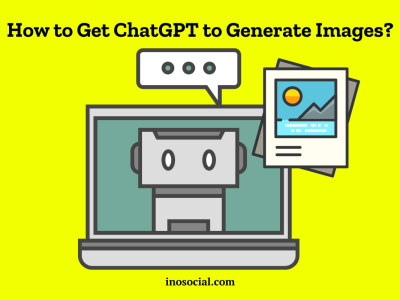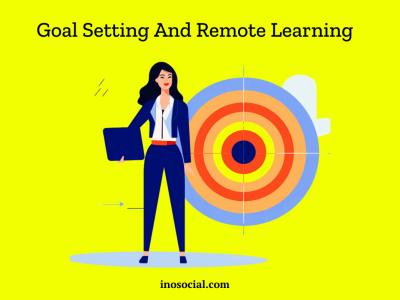As the retail landscape metamorphoses before our eyes, data emerges as the linchpin of informed decision-making. It has transcended from being a mere asset to the very heartbeat of modern commerce. Retail, at its core, is the art of presenting products and services to individuals, making it a transactional waltz with the end-user. Whether through the click of a mouse or the warmth of a salesperson’s smile, each interaction is a testament to the magic of retail.
In this whirlwind dance, retail magnates such as Walmart and Target set the stage. Their mastery lies in data science in the retail industry, which they use to choreograph the perfect scenario for each customer. It’s a symphony of influence, a subtle nudging towards choices that feel personal yet are strategically designed.
The Retail Rhapsody: Data Science Use Cases
- Price Optimization:
Imagine a world where prices ebb and flow like a living entity, responding to the very heartbeat of consumer behavior. Here, data science dons the role of the puppeteer, pulling the strings of customer segmentation, mystery shopping, and dynamic pricing. It’s a ballet of algorithms, finely tuned to the rhythm of sales, discounts, and marketing campaigns.
In this waltz, machine learning takes the lead, elegantly waltzing through data sets to find the perfect partner – the right price for the right product. A meticulous dance of data gathering, strategic goal-setting, and modeling brings forth a masterpiece in price optimization.
- Personalized Marketing:
In the realm of marketing, data science is the virtuoso, playing the symphony of transactions and choices. It delves deep into the psyche of consumers, crafting personalized experiences based on their history, preferences, and desires. It’s a dance of exploratory data analysis, model selection, and fine-tuning, all orchestrated to hit the right note with customers.
- Fraud Detection in Retail:
Trust, the cornerstone of any business, finds its guardian in data science. It stands vigilant, detecting even the faintest whispers of fraudulent activity. Through a repertoire of supervised and unsupervised machine learning, statistical techniques, and outlier detection, it shields the industry’s reputation from harm.
- Utilizing Social Media:
Social media, the global town square, becomes the canvas for retail’s artistic endeavors. Here, data science paints a portrait of customer behavior, extracting patterns and trends from the digital tapestry. Through rule mining algorithms and careful data curation, it transforms the noise of social media into a sonnet of marketing strategy.
- Implementing Augmented Reality:
Step into a realm where reality intertwines with imagination. Augmented reality, the muse of retail, lets customers touch the intangible, try before they buy. Retailers like Snapchat, Lenskart, and Amazon use this technology to bridge the gap between digital and physical, crafting immersive experiences that captivate.
- Merchandising:
Imagine a store where every corner, every shelf is a stage, meticulously set to enthrall customers. Merchandising is the choreography of presentation, where products are arranged, packaged, and priced to entice. It’s an art form, guided by data science services insights, turning each visit into a mesmerizing performance.
- Location of New Store:
The quest for the perfect spot, the ideal stage for a new venture, is guided by the wisdom of data science. It marries geospatial analysis with market trends, customer data, and strategic goals to unveil the prime locale. This decision, crucial to a store’s success, becomes a dance of analytics and intuition.
- Inventory Management:
Within the walls of a store lies a symphony of stock and demand. Here, data science orchestrates the melody of availability, demand forecasting, and return management. It ensures that products are ready for their moment in the spotlight, creating a seamless experience for customers.
- Customer Sentiment Analysis:
In the age of reviews and ratings, sentiment becomes the key to customer understanding. Data science, armed with Natural Language Processing, sifts through feedback to discern the emotional undertones. It deciphers the language of customers, distinguishing between applause and criticism.











